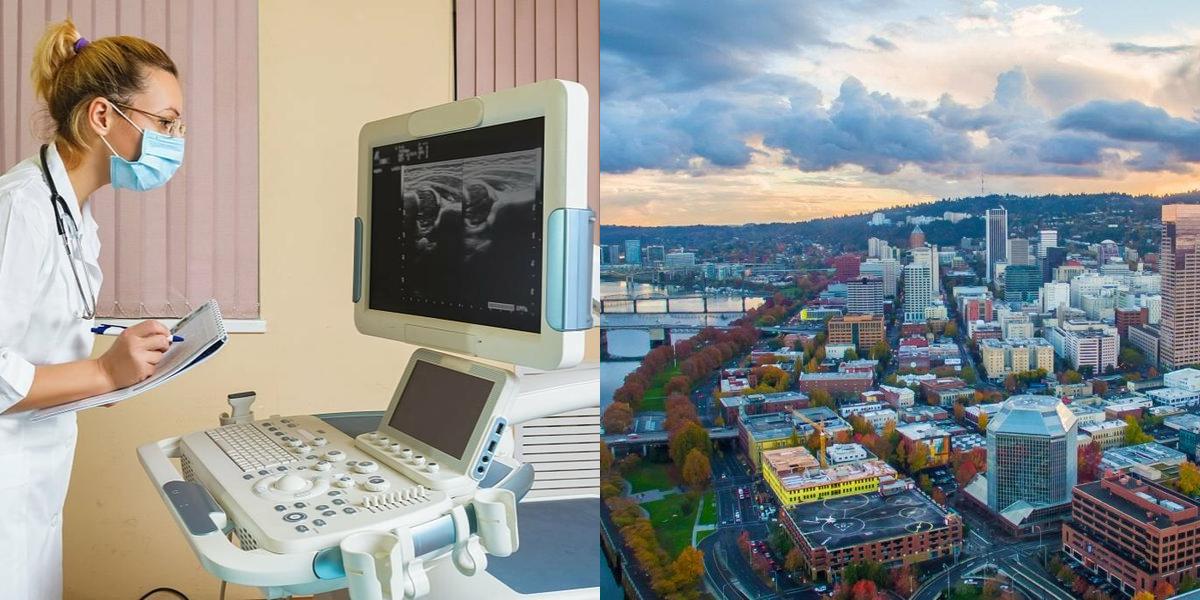How to Become a Medical Sonographer in Oregon

Diagnostic medical sonographers in Oregon earn an average salary of $105,320 per year, one of the highest pay rates in the country. With job growth expected to rise 15% statewide over the next decade, now is the right time to train, get certified, and start working in this in-demand field.
Where to Find Diagnostic Medical Sonography Programs in Oregon
Dreambound helps students find and compare Diagnostic Medical Sonography training programs in Oregon, providing a convenient way to explore accredited options and make informed decisions about their education.
Career Paths and Opportunities after Becoming a Diagnostic Medical Sonographer
Becoming a Diagnostic Medical Sonographer opens up a wide range of career paths and opportunities. Here are a few potential paths you can explore:
- Obstetric and Gynecologic Sonography: Focus on fetal and reproductive health.
- Abdominal Sonography: Examine the liver, kidneys, pancreas, and spleen.
- Vascular Sonography: Assess blood flow and vascular conditions.
- Cardiac Sonography (Echocardiography): Specialize in imaging the heart.
- Musculoskeletal Sonography: Evaluate joints, muscles, and soft tissues.
Frequently Asked Questions
How much does a diagnostic medical sonographer make in Oregon?
The average salary for a Diagnostic Medical Sonographer in Oregon is $104,260 per year (BLS, 2023).
How long does it take to become a sonographer in Oregon?
The educational pathway typically takes 2 years for an associate degree or up to 4 years for a bachelor's degree. Certificate programs for those with prior healthcare experience may take about 1 year.
Do you need a license to be a sonographer in Oregon?
No, Oregon does not require a state license, but most employers prefer ARDMS certification.
What state pays sonographers most?
As of May 2023, the highest-paying state for medical sonographers is California, with an average annual salary of $122,670.
What is the fastest way to become a sonographer?
The fastest route is completing a 1-year certificate program, but this is only available to individuals with prior healthcare experience.
Who gets paid more, an RN or a sonographer?
In Oregon, diagnostic medical sonographers often earn slightly more than registered nurses. As of 2023, the average salary for a sonographer is about $100,580, while registered nurses earn approximately $98,630 per year, according to the BLS.
Final Thoughts
Becoming a medical sonographer in Oregon offers high income potential, statewide job opportunities, and the chance to work closely with patients in a fast-growing field. With the right education and certification, you can start a stable, meaningful healthcare career.
Find a Diagnostic Medical Sonography program in Oregon with Dreambound to start your journey toward a rewarding healthcare career!
Wondering if there's more? Perhaps these other articles will be more helpful if this one isn't exactly what you're after:

Athena is Co-founder and CEO of Dreambound.



